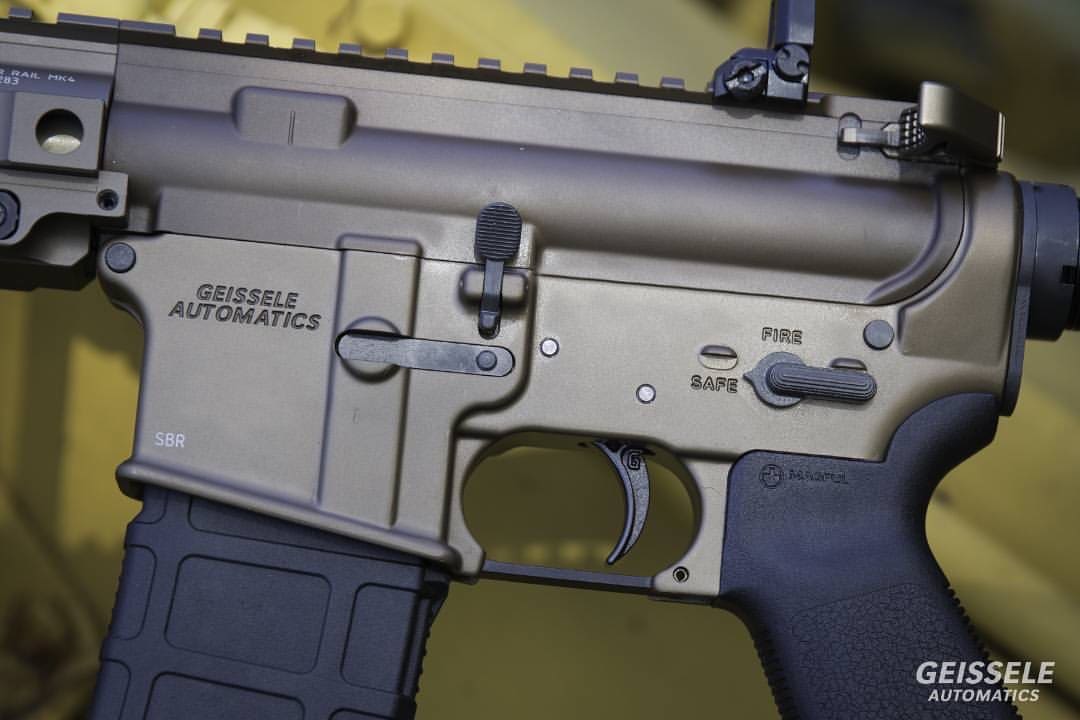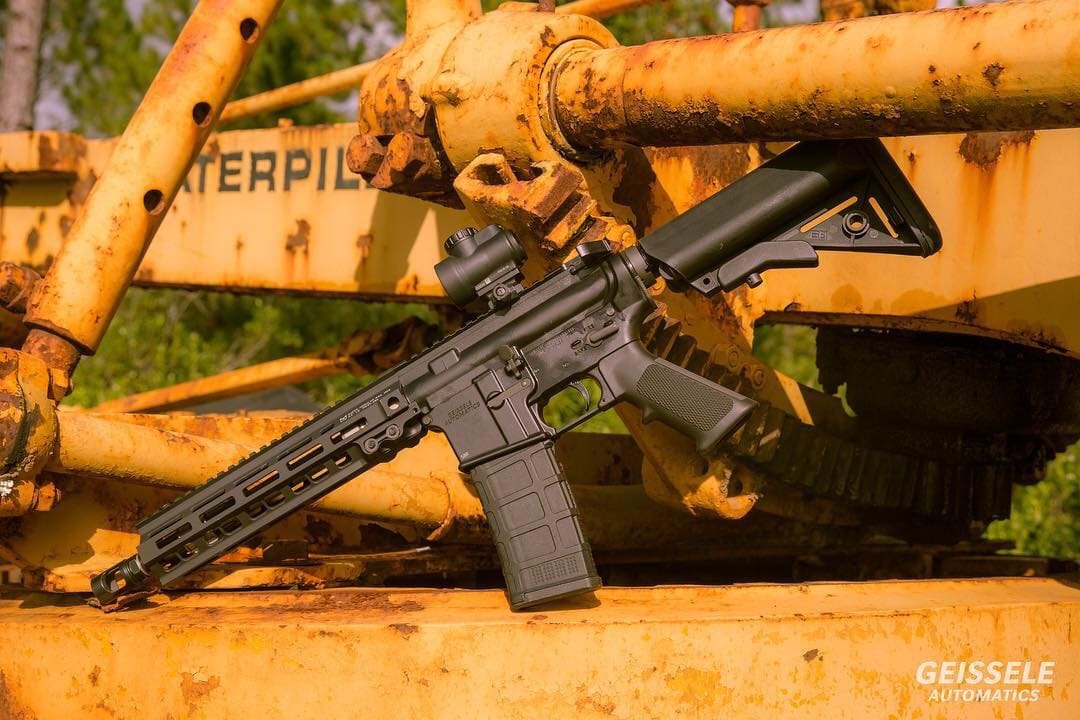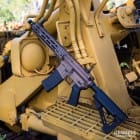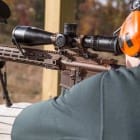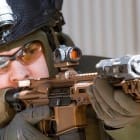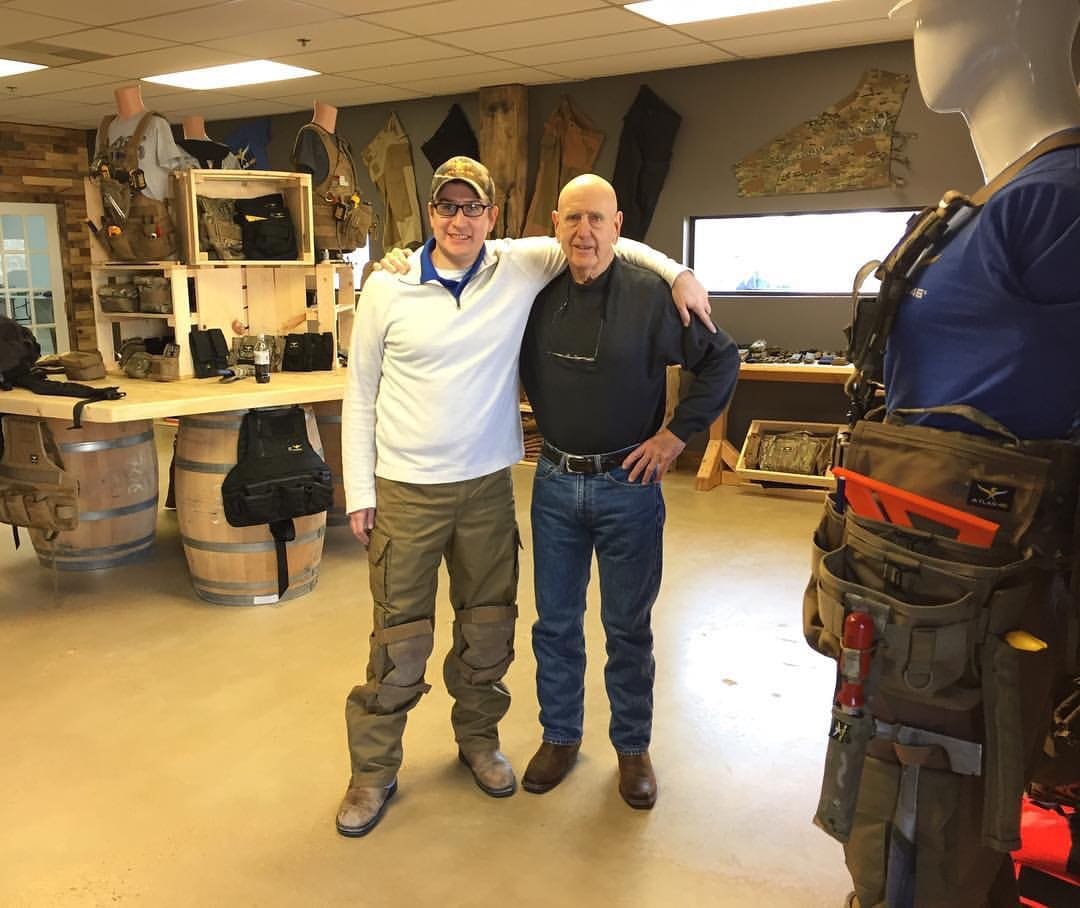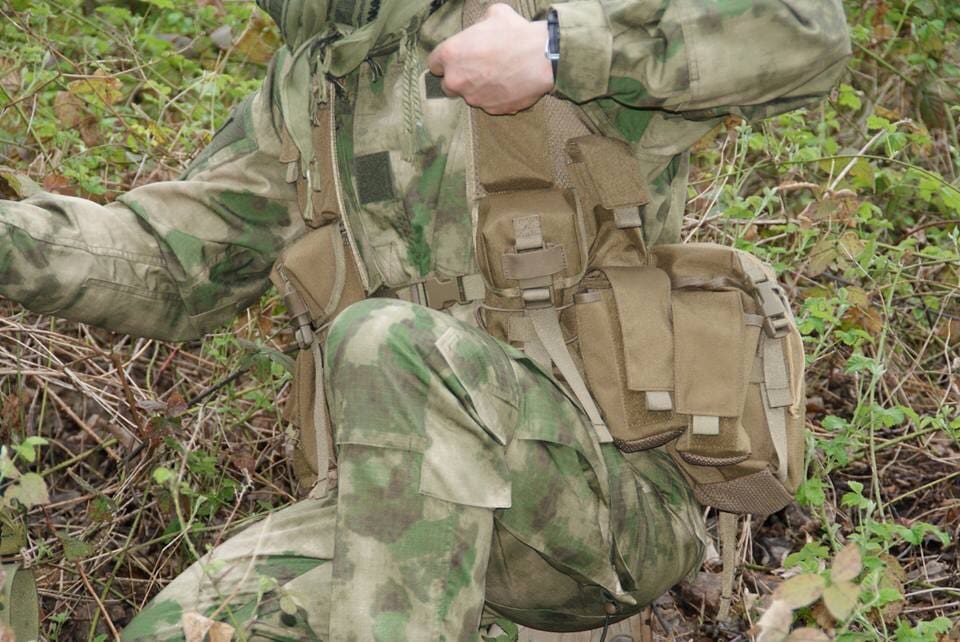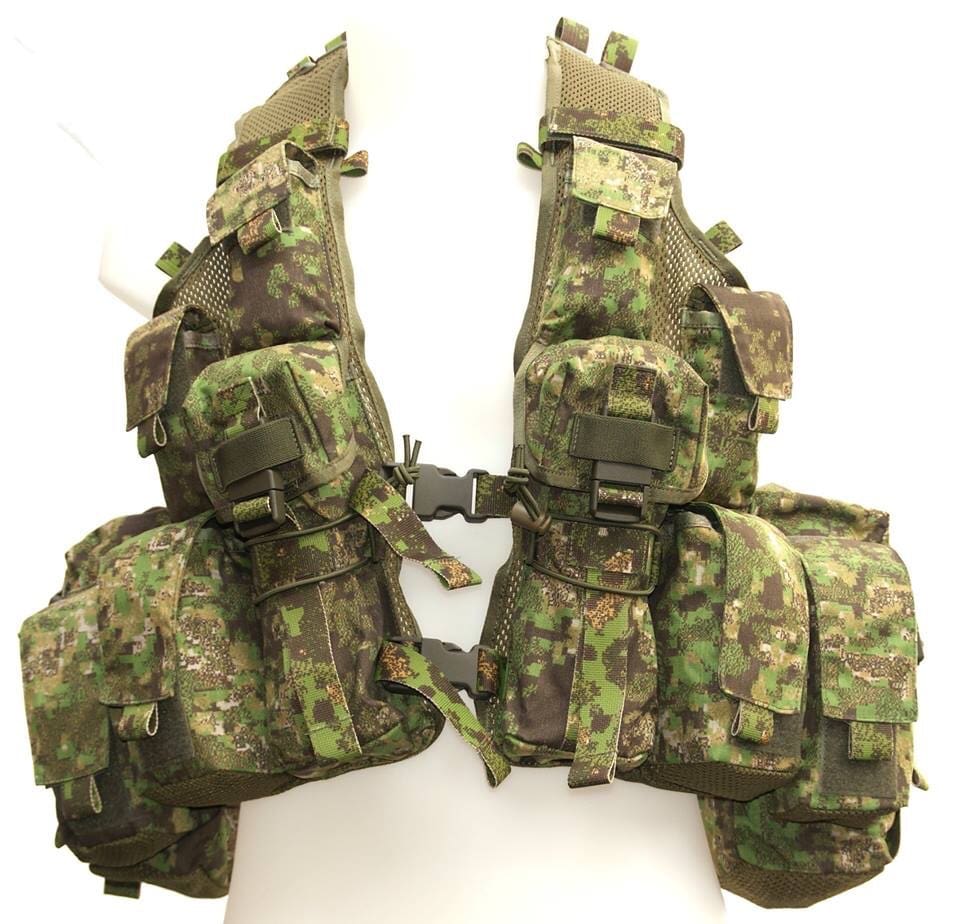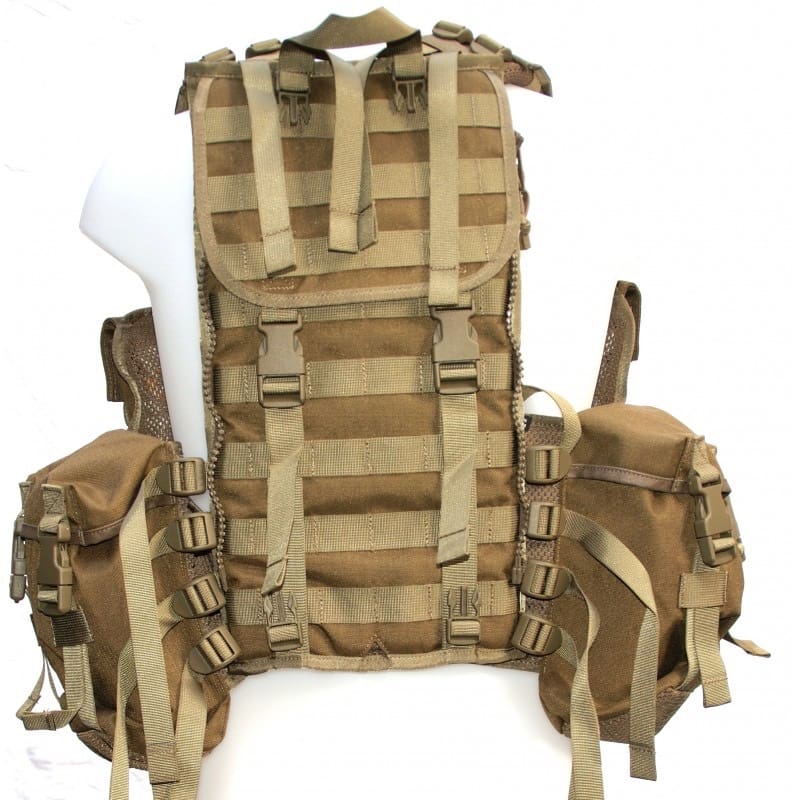S.O. TECH celebrates its 20 Year Anniversary with a 10% Off Sale and the debut of the first video in their series chronicling their experiences building tactical gear. The first episode is titled, “Why We Build” and future installments will touch on the how’s and why’s of product, business and manufacturing development over the years. SOTECH CEO Jim Cragg frequently gives speeches on building a business as part of Vets Corps USA’s efforts to instruct and inspire Veterans interested in starting small businesses. According to Jim, a lot of lessons were learned over 20 years to pass on, and its our duty to help fellow veterans to excel as business owners and community leaders. In early November, Cragg coordinated the Veteran Small Business Conference in Los Angeles at the LA County Patriotic Hall bringing together AUSA and the SBA, for a second year.
And to celebrate 20 years of sewing gear, SOTECH is offering 10% discount on all product found on the website. To take advantage of the 20th Anniversary Sale, enter code: “20year,” sale lasts until January 1st, 2017.


